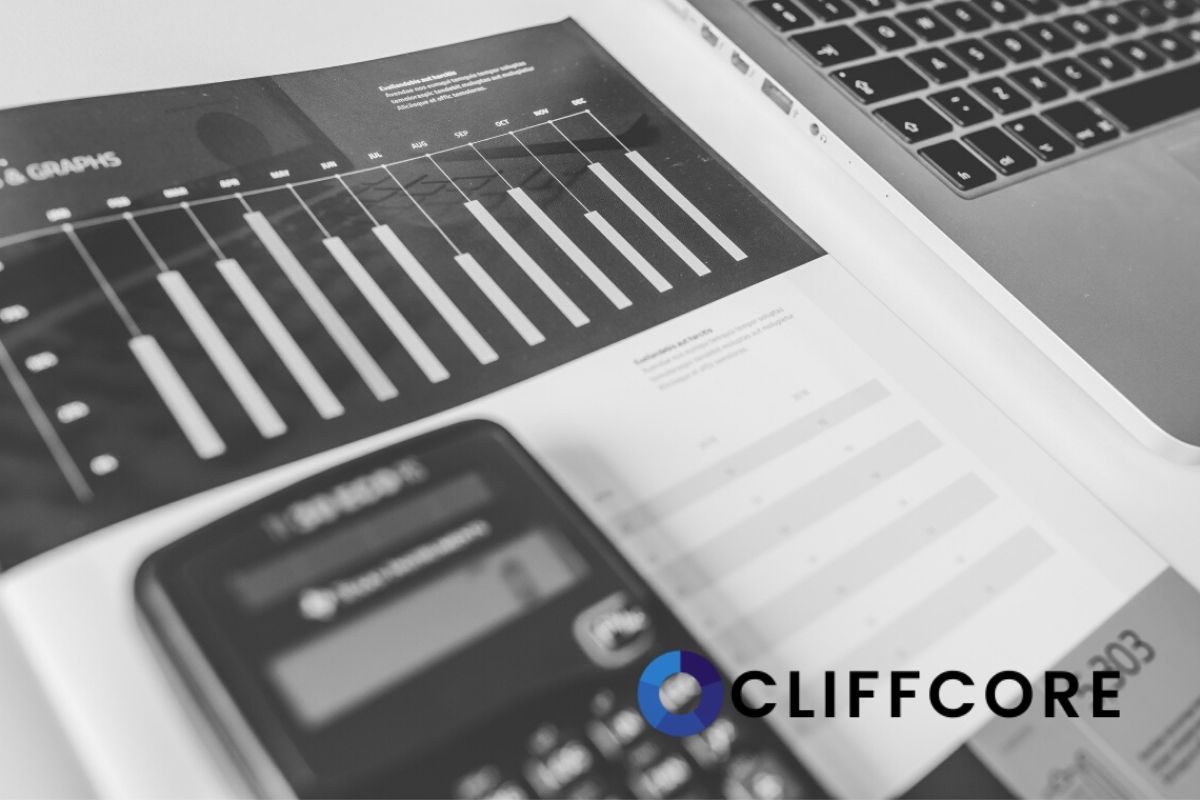The book value of a stock plays an important role for many investors because it essentially represents the raw value of a company if the business was liquidated and all assets such as inventory, equipment, real estate, etc. were sold, while liabilities were paid back. A company’s book value is defined by subtracting the Total Assets minus Total Liabilities. Book value can also be viewed as the equity value or net worth of a business.
Investors oftentimes refer to book value as a per-share basis, which concludes that each share has a relative book value that is based on the total amount of shareholder’s equity of the business. The book value of a share can be calculated by dividing the company’s equity by the number of its outstanding shares.
How to Determine Book Value
To determine the book value, you need the numbers for the company’s total assets, total liabilities which are stated on the balance sheet. The formula for the book value of a business goes as follows:
Book Value of the Company = Total Assets – Total Liabilities
The book value on a per-share basis can be calculated with the book value of the company also referred to as stockholder’s equity or simply equity, and the total amount of shares outstanding:
Book Value per Share = Total Common Stockholder’s Equity (Book Value) / Number of Common Shares
Example
The process of determining the book value of a company shouldn’t be too difficult since all the required information can be found on the balance sheet of each business. Simply, subtract the total liabilities from total assets and you will arrive at the book value, which is also always given at the bottom of the company’s balance sheet as shareholder’s equity.
Let’s assume that company ABC has reported total assets of $300 million in assets and $100 million in liabilities on its balance sheet. This given information would lead to a book value of $200 million ($300 million – $100 million), which would be the same figure as the shareholder’s equity.
Furthermore, if we wanted to find out the book value on a per-share basis, we would first need the number of common shares outstanding, which is also stated on the balance sheet. If we further assume that company ABC has a total number of 1 million shares outstanding, we would conclude that the book value per share is $200 (by dividing $200 million of equity by 1 million common stock shares).
That being said, you would mostly not be required to calculate the book value per share for yourself since most financial platforms and research sites will already have it calculated and stated for you. However, knowing and understanding how to derive at this number is still important.
The Importance of Book Value
Book value is important since it shows what amount of equity value you are really getting for the price that you pay. Most of the time, market prices won’t reflect the book value in any way and those two numbers may heavily differ from each other. The market price represents the price that investors are currently willing to pay for the stock and sometimes investors might be willing to pay a price that substantially varies from the book value.
A common financial metric that describes the relationship between book value and the market price is the price-to-book ratio (P/B ratio). The P/B ratio can simply be calculated by dividing the current market price of a stock by the book value of its share.
A P/B ratio of less than one indicates that the stock is currently trading for less than the equity value of the business. A majority of publicly traded companies have a price-to-book ratio of over one. This means that investors are willing to pay more than the book value of the company. For instance, when you invest in a company that has a P/B ratio of 10, you essentially pay 10 times the book value in order to acquire its stock.
The price-to-book ratio depends on the company and industry, in which it’s operating. Companies that have lots of machinery, railroads plants and buildings such as public utility companies will usually have a higher book value than a business that is operating within the information technology industry, where those capital assets aren’t necessarily needed in such numbers.
Therefore, book value should be analyzed and treated differently from business to business since the importance of assets will also vary amongst companies and their operating industries. That’s also why the average P/B ratio heavily varies amongst different market sectors.
The table below shows the historical price-to-book ratios of different industries for the past years:

Source: Siblis Research
Companies Trading Below Their Book Value
When a company has a P/B ratio of less than 1, it’s essentially selling for less than what its net assets are actually worth. At first glance, this might seem intriguing for investors since, in theory, it would mean that even if the business goes bankrupt, there would still be a profit for the investor.
However, in reality, this scenario can often turn out to be a trap for clueless investors.
The problem here is the fact that the book value which is stated on paper, may not reflect the true worth of the company’s assets. There are several reasons why this might happen. Some assets might be difficult to turn into cash when needed, or a business might have a lot of goodwill, which is always hard to value.
Those kinds of factors can account for the result of a company that is trading below its equity. Simply because investors and the market in general, don’t believe that the business is worth its book value.
In such a case, it could either mean that the market is right with this assumption, which would make the investor fall into a value trap or on the other hand, the market’s view could be wrong, which would turn the stock into an attractive value investment.
While there are some methods and strategies on how to differentiate a value trap from a lucrative investment, you should still avoid investing blindly into businesses purely based on their P/B ratios.
Conclusion
Taking a look at the book value of a business can give clear insights about its financial foundation and ability to sustain further growth. Book value becomes especially handy when it’s compared with the current market price to vaguely estimate if a company is undervalued or overvalued. The P/B ratio is, therefore, one of the most commonly used financial metrics since it essentially shows how much real equity investors are getting out of the business for the current market price.






